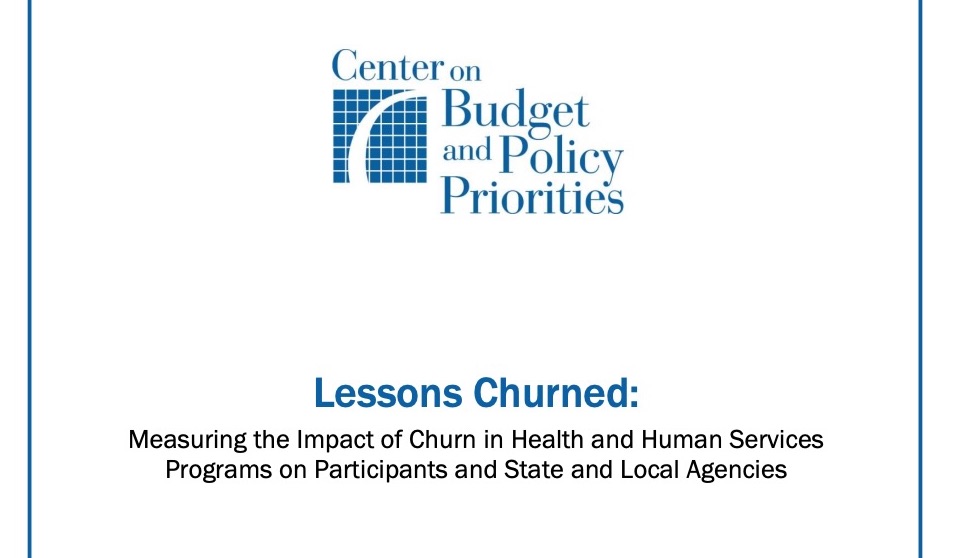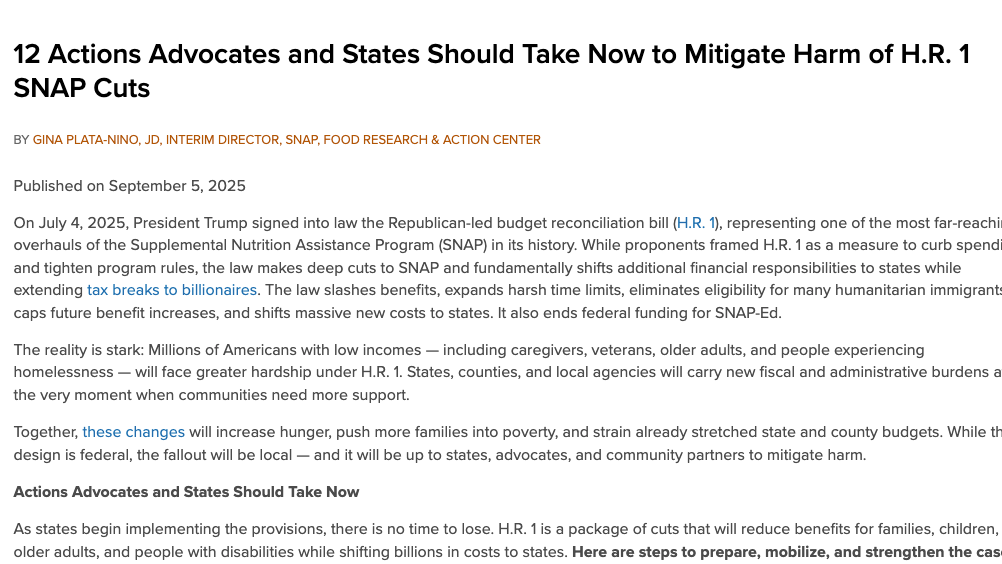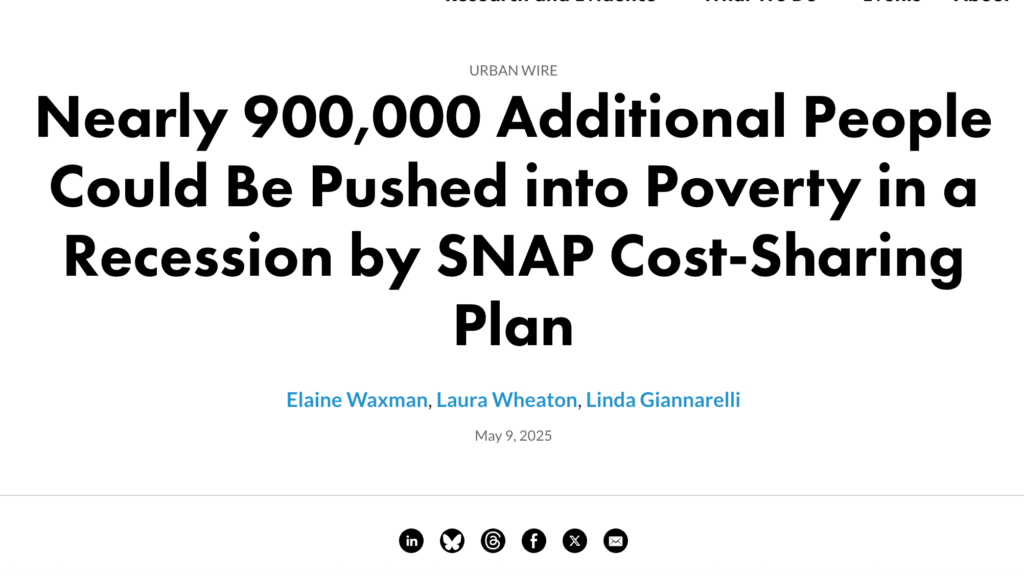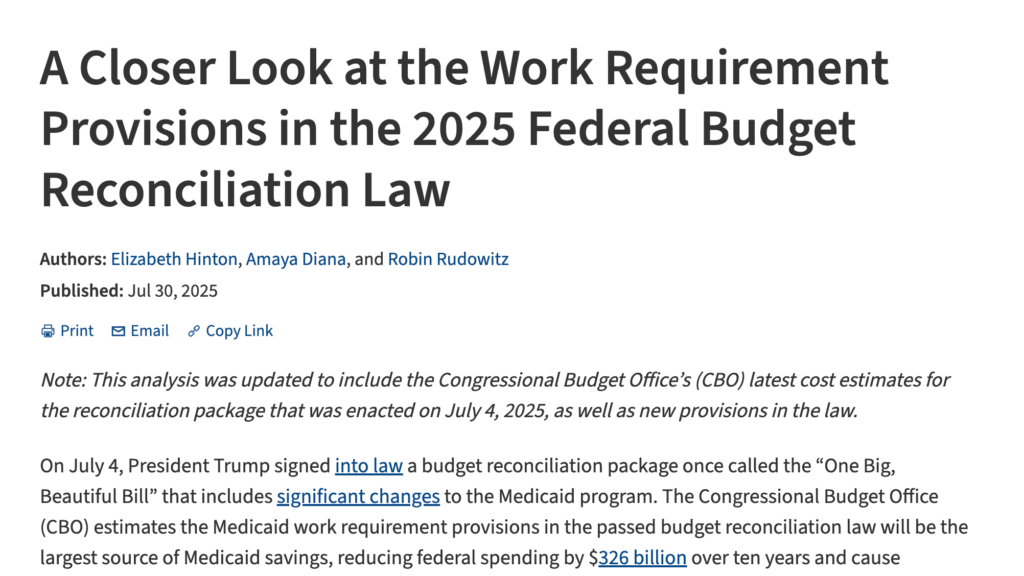Lessons Churned: Measuring the Impact of Churn in Health and Human Services Programs on Participants and State and Local Agencies
This report examines the phenomenon of "churn" in public benefit programs, where eligible participants temporarily lose benefits due to administrative processes, analyzing its impact on both recipients and state agencies, and suggesting strategies to reduce its occurrence.

The Center on Budget and Policy Priorities (CBPP) explores “churn” in programs like Medicaid and the Supplemental Nutrition Assistance Program (SNAP), where eligible individuals lose benefits temporarily due to procedural issues and subsequently reapply.
This cycle results in hardships for recipients, including loss of benefits and the burden of reapplication, and imposes additional administrative costs on state agencies. The report discusses methods to measure churn and highlights strategies to minimize it, such as streamlining eligibility redetermination processes and enhancing data-driven approaches. Reducing churn is presented as beneficial for both program efficiency and participant well-being.
Share this Resource:


